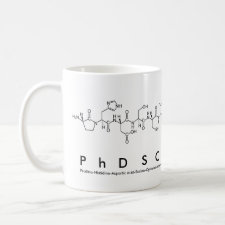
Authors: Prasad BB, Jauhari D, Tiwari MP
Article Title: Doubly imprinted polymer nanofilm-modified electrochemical sensor for ultra-trace simultaneous analysis of glyphosate and glufosinate.
Publication date: 2014
Journal: Biosensors and Bioelectronics
Volume: 59
Page numbers: 81-88.
DOI: 10.1016/j.bios.2014.03.019
Alternative URL: http://www.sciencedirect.com/science/article/pii/S0956566314002000
Abstract: A rapid, selective, and sensitive double-template imprinted polymer nanofilm-modified pencil graphite electrode was fabricated for the simultaneous analysis of phosphorus-containing amino acid-type herbicides (glyphosate and glufosinate) in soil and human serum samples. Since both herbicides respond overlapped oxidation peaks and only glyphosate is prone to nitrosation, n-nitroso glyphosate and glufosinate were used as templates for obtaining the well-resolved quantitative differential pulse anodic stripping voltammetric peaks on the proposed sensor. Toward sensor fabrication, a nano-structured polymer film was first grown directly on the electrode via initial immobilization of gold nanoparticles at its surface. This was followed by linking of monomeric (N-methacryloyl-l-cysteine) molecules through S-Au bonds. Subsequently, these molecules were subjected to free radical polymerization, in the presence of templates, cross linker, initiator, and multiwalled carbon nanotubes as pre-polymer mixture. The modified sensor observed wide linear ranges (3.98 - 176.23 ng mL-1 and 0.54 - 3.96 ng mL-1) of simultaneous analysis with detection limits as low as 0.35 and 0.19 ng mL-1 (S/N=3) for glyphosate and glufosinate, respectively, in aqueous samples. The respective oxidation peak potentials of both analytes were found to be substantially apart by 265 mV. This enabled the simultaneous determination of one target in the presence of other, without any cross reactivity, interferences, and false-positives, in real samples
Template and target information: N-nitroso glyphosate, glyphosate, glufosinate
Author keywords: Double template imprinted polymer film, Glyphosate, Glufosinate, Gold nanoparticle, Differential pulse anodic stripping voltammetry, Simultaneous ultra-trace analysis



Join the Society for Molecular Imprinting

New items RSS feed
Sign-up for e-mail updates:
Choose between receiving an occasional newsletter or more frequent e-mail alerts.
Click here to go to the sign-up page.
Is your name elemental or peptidic? Enter your name and find out by clicking either of the buttons below!
Other products you may like:
 MIPdatabase
MIPdatabase









